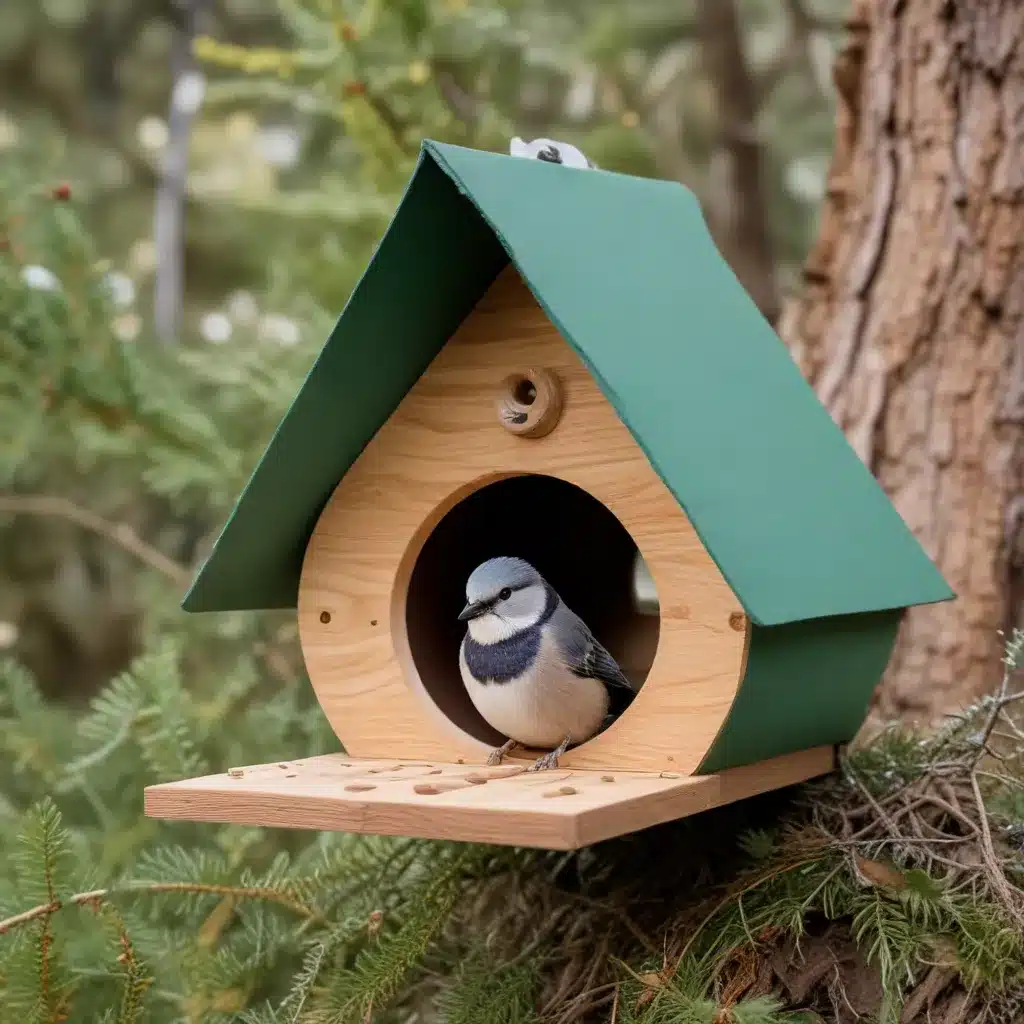
As an experienced avian caretaker, I’ve had the pleasure of working with a wide variety of feathered friends – from the vibrant plumage of parrots to the majestic soaring of birds of prey. One of the most rewarding aspects of this role is designing comfortable, enriching, and above all, safe habitats for our avian companions. Whether you’re caring for a single parakeet or an entire aviary of exotic species, providing the right environment is crucial for their physical and mental well-being.
Portable Avian Abodes
In today’s world, where many of us lead increasingly mobile lifestyles, the need for lightweight, collapsible, and easily transportable avian habitats has never been greater. These “portable avian abodes” allow bird enthusiasts to bring their feathered friends along on adventures, whether it’s a family vacation, a move to a new home, or simply a trip to the local park.
When designing these portable habitats, a few key considerations come into play. Firstly, the structure must be lightweight yet durable, capable of withstanding the rigors of travel without compromising the safety and security of its avian occupant. Collapsible designs are also a must, enabling easy storage and transport when not in use.
Weatherproofing is another essential element. Our feathered friends are sensitive to changes in temperature, humidity, and exposure to the elements. Portable habitats must be engineered to provide a controlled environment, shielding birds from the harsh realities of the great outdoors while still allowing for appropriate ventilation and natural lighting.
Avian Adventurer Needs
Of course, the needs of our avian adventurers go beyond mere physical containment. As responsible caretakers, we must ensure that their nesting requirements, perching preferences, and feeding accommodations are all carefully considered.
Nesting areas should provide a sense of security and privacy, with soft, cozy materials that allow birds to burrow and create their own personal retreat. Perches, on the other hand, must cater to each species’ unique physical attributes, offering a variety of sizes, shapes, and textures to encourage natural roosting behaviors.
When it comes to feeding, portable habitats should incorporate accessible food and water sources, as well as opportunities for foraging and enrichment. This not only ensures proper nutrition but also stimulates the bird’s natural instincts and prevents boredom.
Parrots and Parakeets
Designing portable habitats for playful and intelligent species like parrots and parakeets requires a special touch. These charismatic birds thrive on interactive playtime, so incorporating chew-proof toys, climbing structures, and socialization spaces is essential.
Parrots and parakeets are also known for their strong beaks and innate curiosity, which can lead to destructive behavior if their need for mental stimulation is not met. Portable habitats should offer ample opportunities for safe chewing and exploration, ensuring that our feathered friends can indulge their natural tendencies without causing harm to themselves or their environment.
Birds of Prey
At the other end of the spectrum, portable habitats for birds of prey, such as hawks, falcons, and owls, must prioritize secure containment and appropriate perching. These majestic creatures require a delicate balance of safety and enrichment, with perches designed to accommodate their impressive wingspans and enclosures that prevent escape.
Incorporating interactive toys and training opportunities into the portable habitat can also be beneficial, as it allows these intelligent predators to engage in natural behaviors like hunting and problem-solving, all while under the watchful eye of their caretakers.
Sustainable Avian Housing
As we consider the design of portable avian habitats, it’s crucial to explore eco-friendly materials and energy-efficient features that minimize our environmental impact. By embracing sustainable solutions, we not only provide our feathered friends with a healthier, more natural living space but also contribute to the broader conservation efforts within the avian community.
When selecting materials, look for renewable resources, such as bamboo or reclaimed wood, that can be easily replenished. Incorporating upcycled components, like repurposed plastic or fabric, can also add a touch of creativity while reducing waste.
In terms of energy efficiency, insulation techniques and ventilation strategies are key to maintaining a comfortable and stable environment for our avian adventurers. Exploring solar-powered features can further enhance the sustainability of portable habitats, reducing reliance on traditional energy sources and contributing to a greener future.
Avian Safety and Welfare
Above all else, the safety and welfare of our avian companions must be the top priority when designing portable habitats. Escape prevention is paramount, and features like secure enclosure doors, escape-proof mesh, and lockable entrances are essential safeguards.
Equally important is the enrichment and stimulation of our feathered friends. Incorporating interactive toys, foraging opportunities, and behavioral stimulation can help alleviate boredom, reduce stress, and promote the overall well-being of our avian adventurers.
By striking the right balance between safety, comfort, and enrichment, we can create portable habitats that allow our avian companions to thrive, no matter where their adventures may take them. Whether you’re an experienced bird enthusiast or just starting your journey, the key is to always put the needs of your feathered friends first, ensuring they can explore the world with the same sense of freedom and joy that we cherish.
To learn more about the latest advancements in portable avian housing and to find high-quality products to suit your avian adventurer’s needs, be sure to visit Mika Birds Farm. Their team of experts is dedicated to providing the best possible care and accommodations for birds of all shapes, sizes, and species.


